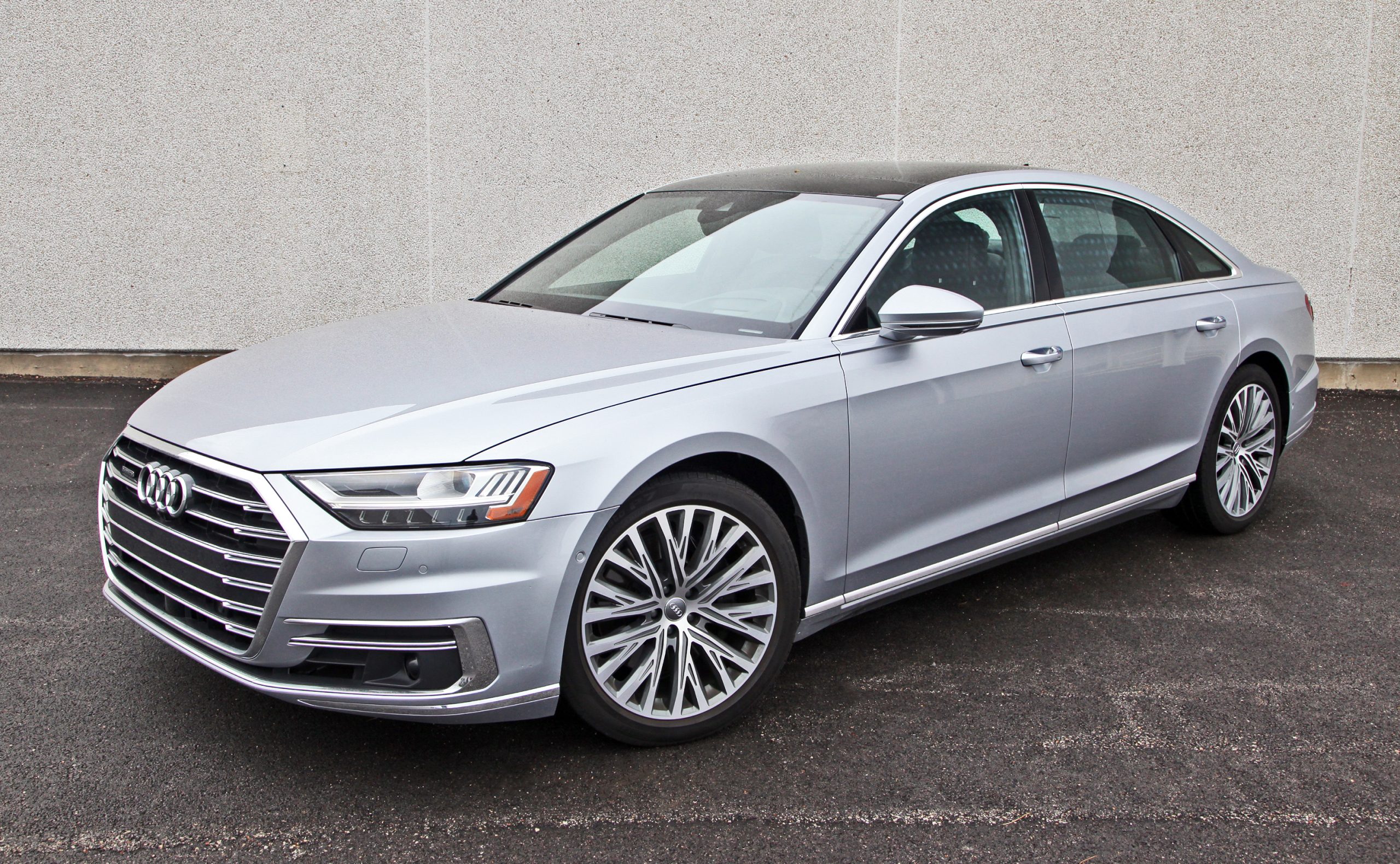Leak-free sunroof design is no accident—it’s the result of decades of testing, premium materials, and precision engineering. Brands like Porsche, Mercedes-Benz, and Lexus have invested heavily in weatherproof systems that defy time and harsh environmental conditions.
Their use of advanced drainage designs, flexible seals, and intelligent control systems ensures long-term durability and customer trust. These five vehicles are examples of how excellent roof engineering can prevent one of the most common and frustrating issues in modern cars: water leaks. Let’s explore what makes these models virtually immune to roof-related problems.
1. Porsche 911 Targa: Removable Precision
The Porsche 911 Targa is a shining example of what thoughtful engineering can achieve. Instead of a traditional sliding glass roof, Porsche uses a removable panel system that eliminates major leak points.
Precision-engineered EPDM rubber seals withstand temperatures from -40°F to 180°F, remaining flexible and resistant to ozone and UV damage. The aluminum Targa bar adds structural integrity without extra weight.
Installation includes multi-angle water spray tests and torque-calibrated fittings. With large drainage channels and modular serviceable parts, the Targa’s roof system has a leak rate under 0.5% over ten years, setting a gold standard for long-term reliability.
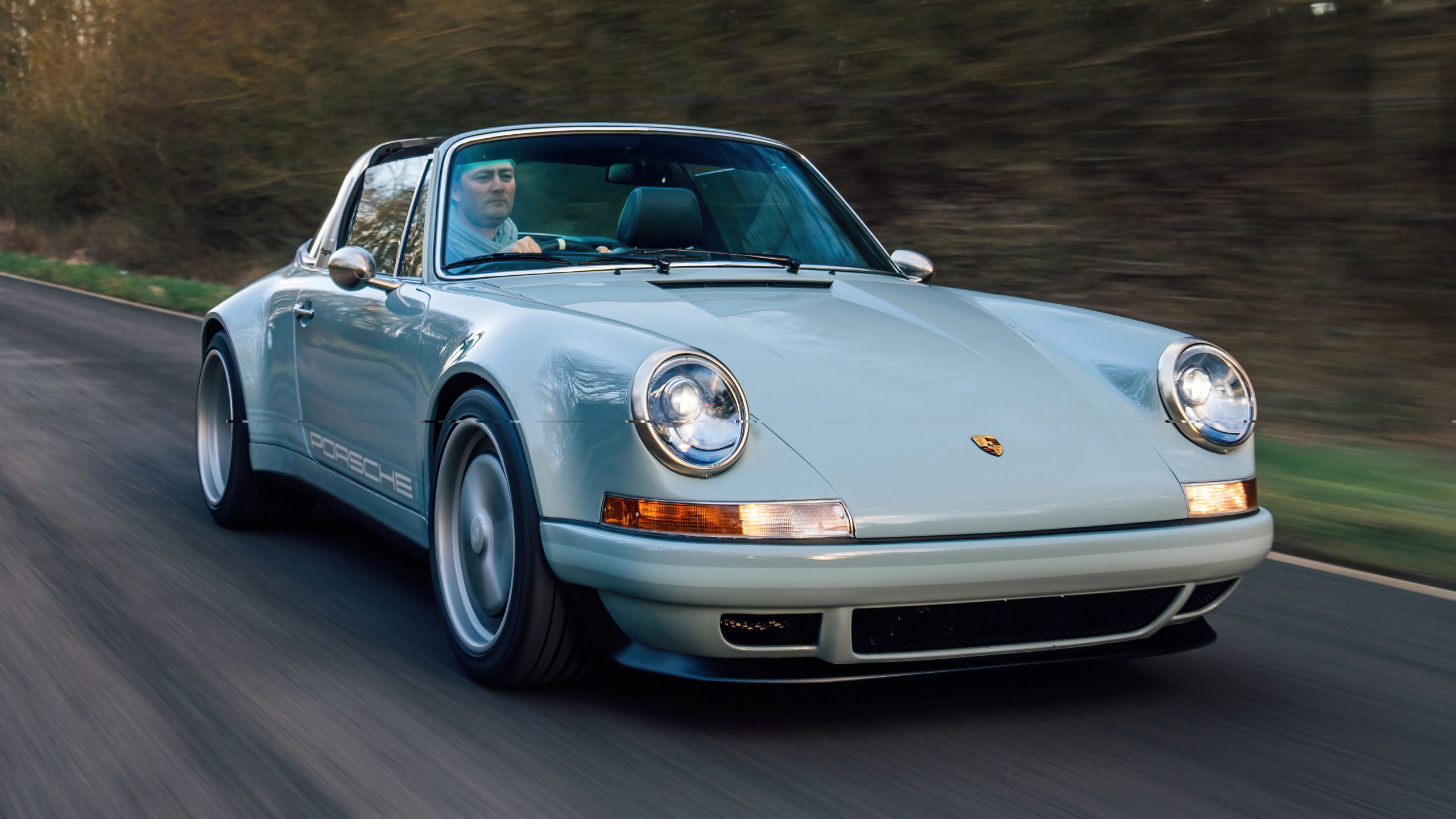
2. Mercedes-Benz S-Class: Seamless Excellence
Mercedes-Benz designed the S-Class panoramic sunroof as a durable and precise system. A reinforced steel frame houses seamless drainage channels that minimize clogging. Its custom multi-lip rubber seals retain shape and elasticity over hundreds of thousands of open-close cycles.
Glass panels are polished to 0.1mm flatness, ensuring uniform seal compression. Brushless motors with integrated sensors slow movement during sealing to avoid pressure points, while obstacle detection enhances safety.
Each unit undergoes static and dynamic water testing. With extensive technician training and preventative maintenance protocols, the S-Class sunroof achieves near-zero leak claims and continues to uphold its luxury legacy.
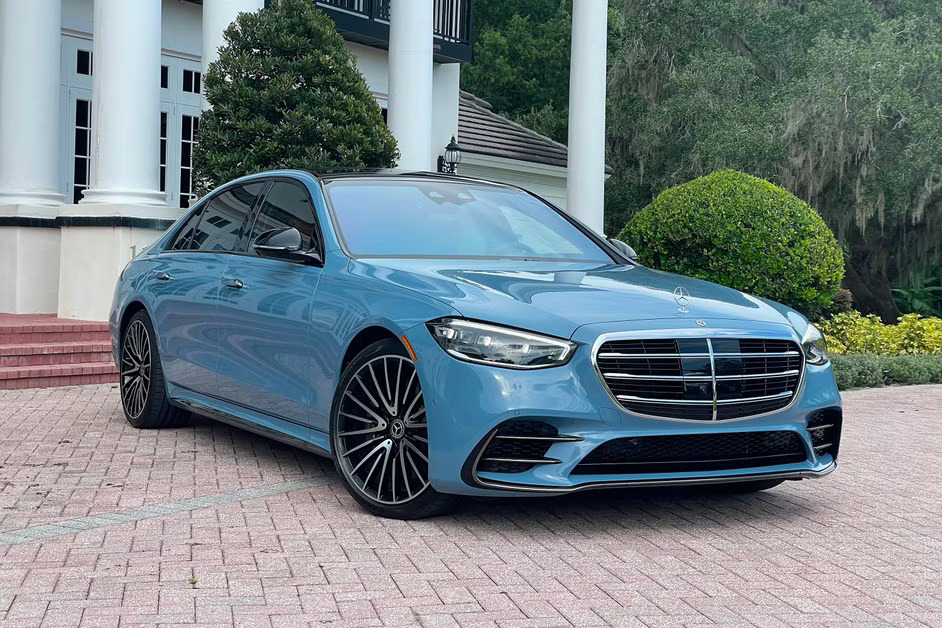
3. BMW X5: Smart Dual-Panel Defense
BMW’s X5 panoramic roof system blends elegance with engineering foresight. The twin-panel design reduces thermal expansion stress, improving structural stability. Aluminum frames incorporate internal routing for drainage, wires, and reinforcements.
A two-stage sealing system—primary co-extruded rubber and secondary backup—directs residual water through over-capacity drainage paths. Drainage transitions are smooth, preventing blockage. Servo motors adjust operation in real time based on wear.
Anti-pinch and obstacle sensors improve both safety and durability. By dividing structure and adapting motion, BMW ensures consistent long-term function, even in adverse weather. This design reflects predictive thinking rather than reactive repairs, key to leak-free longevity.
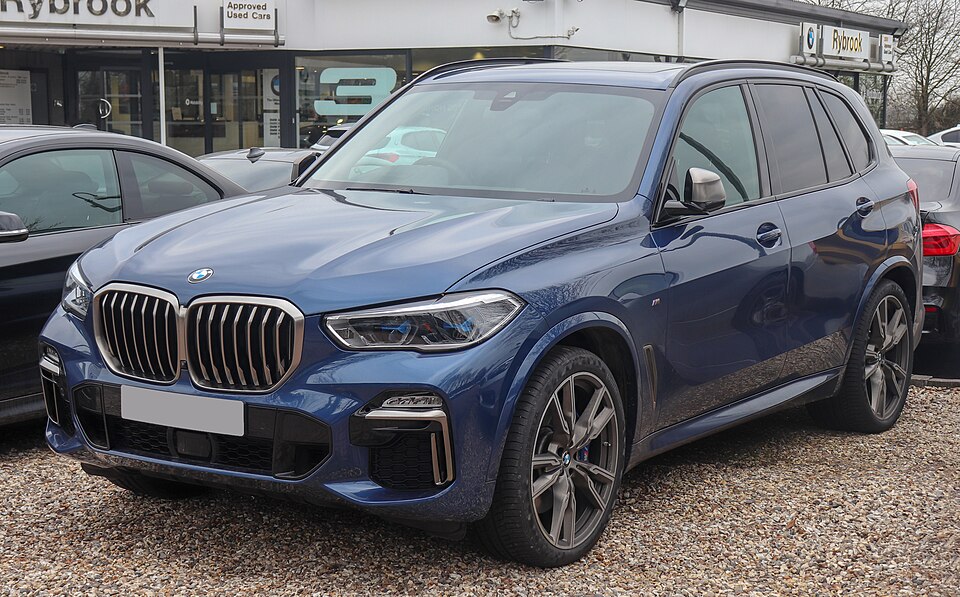
4. Audi A8: Climate-Controlled Perfection
The Audi A8 sets a high bar by integrating its panoramic sunroof with climate and electronics systems. Laminated glass with UV, IR, and anti-glare layers ensures heat and light control.
The sunroof uses an advanced hollow rubber seal that changes pressure based on speed and weather, backed by backup seals and intelligent drainage compartments. The lightweight frame blends aluminum and carbon fiber, protecting integrated HVAC ducts and sensors.
Predictive maintenance alerts and vibration-resistant mounts maintain long-term performance. Audi’s rigorous testing includes extreme weather simulations. The result is a luxurious, climate-optimized, and water-tight sunroof with near-zero customer complaints.
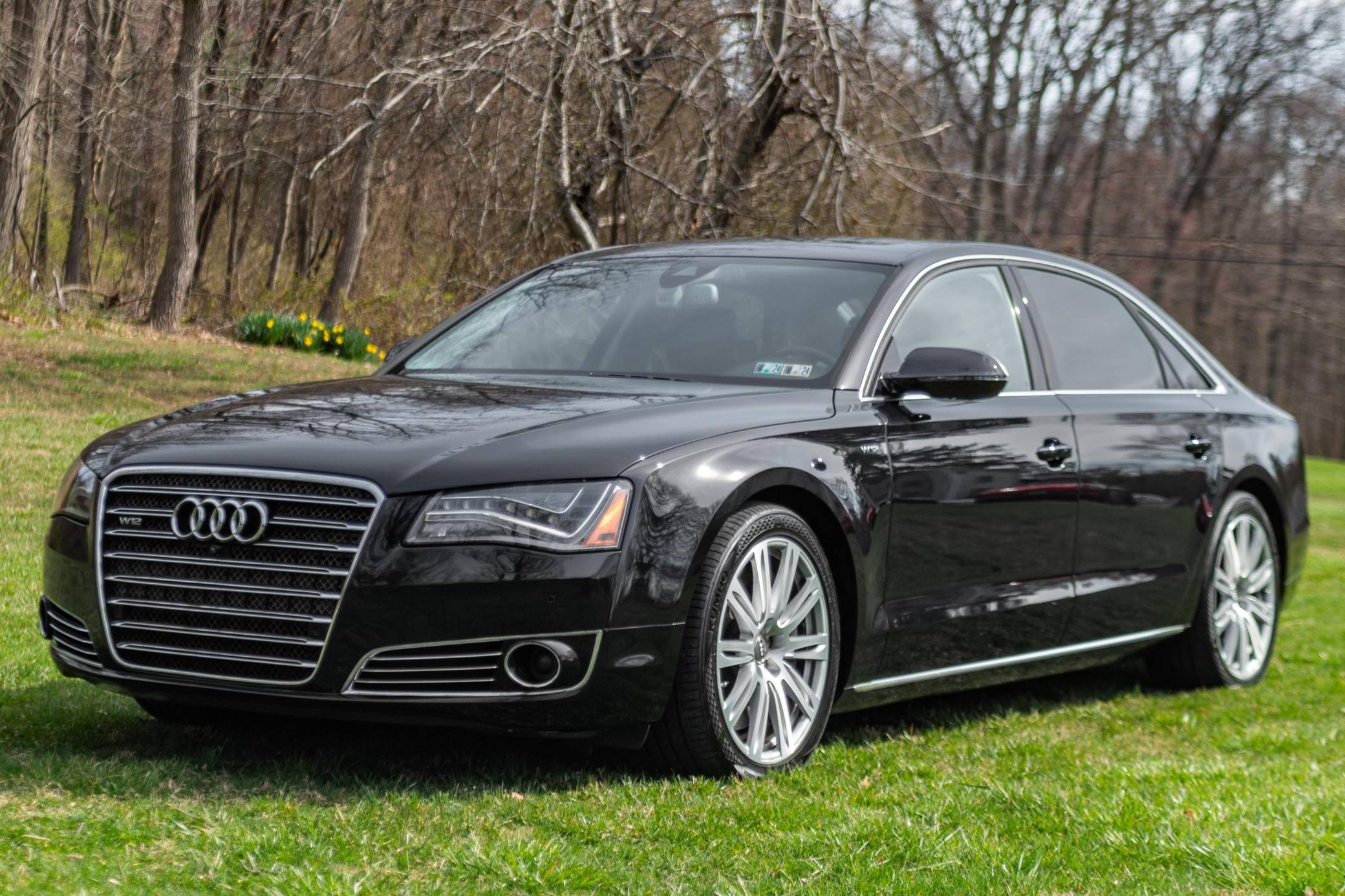
5. Lexus LS Hybrid: Soundproofed Reliability
Lexus’ LS Hybrid panoramic sunroof offers a whisper-quiet, leak-proof experience. Laminated acoustic glass with noise-damping layers, coupled with a multi-piece frame, reduces turbulence and wind noise. The progressive compression seal adjusts to vehicle speed for optimal pressure and sealing.
Wide, smooth drainage paths and multiple water exit points prevent clogs and water intrusion. Low-noise motors and adaptive control systems keep the operation silent while compensating for wear.
Lexus uses detailed quality checks and predictive diagnostics to address issues early. This meticulous approach delivers leak-free performance, praised by owners and validated by low warranty claim rates and strong resale values.
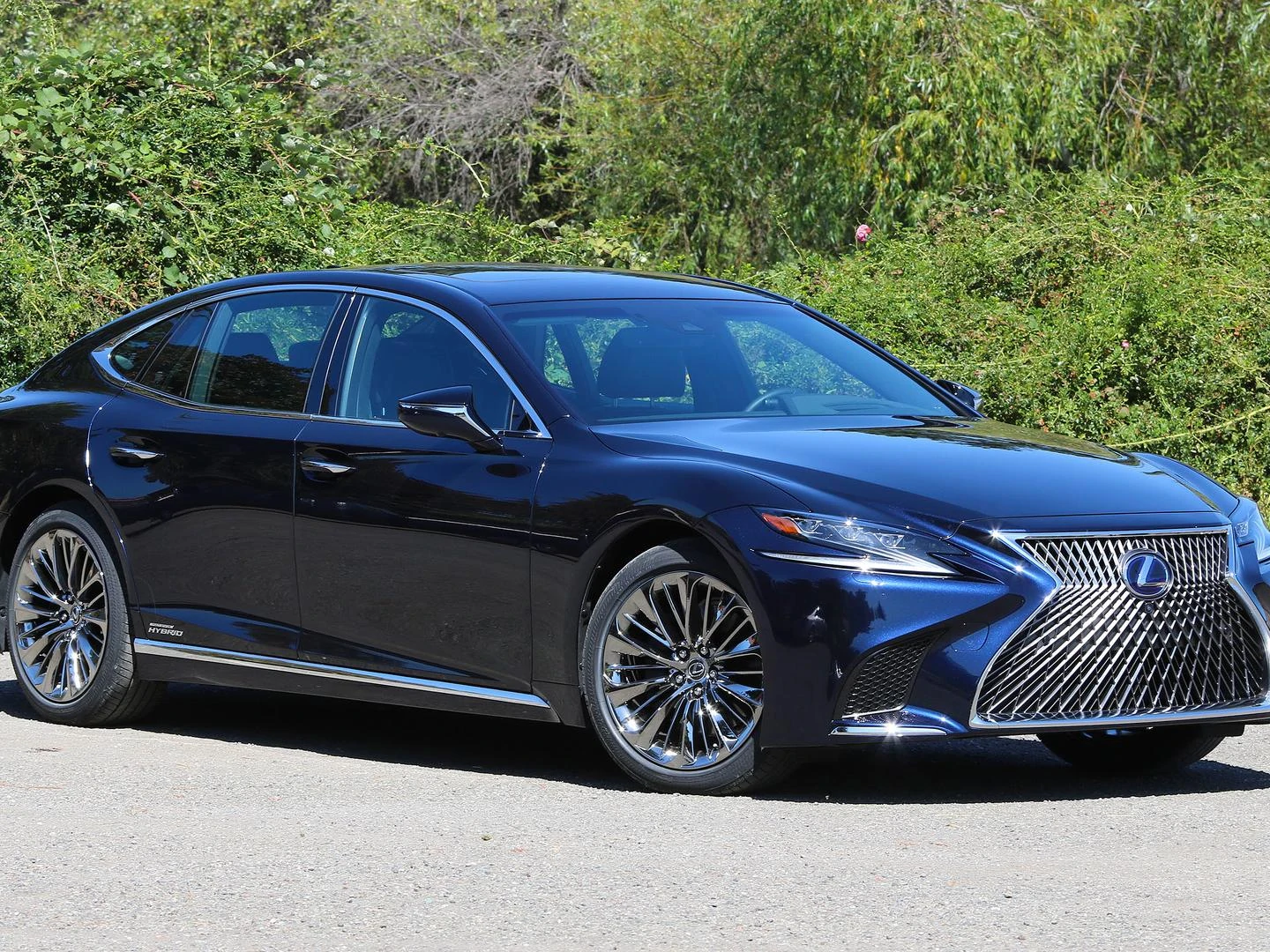
These five vehicles represent the pinnacle of leak-free engineering in automotive roof systems. Manufacturers like Porsche and Lexus go beyond aesthetics, combining climate adaptation, structural integrity, and materials science to ensure long-lasting, maintenance-friendly roof systems.
Their sunroofs are not only weatherproof but also contribute to overall driving comfort, quietness, and resale value. While some brands still struggle with drainage and seal issues, these automakers have demonstrated that roof leaks are preventable when durability and function are prioritized over cost-cutting.
For buyers seeking dependable luxury, these five models offer peace of mind and engineering excellence.
Also Read: 5 Cars With Cheap OEM Parts and 5 With Dealer-Only Nightmares
5 Cars That Do Constantly
Not every automaker gets it right. While some brands build near-flawless roof systems, others cut corners, leading to frequent leaks, interior damage, and costly repairs. These issues usually stem from undersized drainage, cheap seal materials, or poor installation tolerances.
The following five vehicles serve as warning signs in the market, with a consistent history of roof-related problems. They highlight the risks of prioritizing cost over engineering and the consequences of ignoring real-world conditions.
In these cases, panoramic and sunroof features become liabilities rather than luxury perks, ultimately hurting customer satisfaction and resale value.
1. Ford Explorer (2011–2019): The Drainage Disaster
The Ford Explorer’s Panoramic Vista Roof has become notorious for persistent leaks. Undersized drainage channels with sharp bends are prone to clogging, and when blocked, water flows straight into the cabin due to the lack of backup paths.
Poor-quality rubber seals lack UV resistance, hardening quickly and forming gaps. Glass installation is imprecise, creating inconsistent seal compression.
These structural missteps often lead to extensive water damage affecting electronics, upholstery, and internal components. The result? High repair bills and decreased resale value. Ford’s failure to adequately test and design for real-world conditions makes this a chronic and expensive issue.
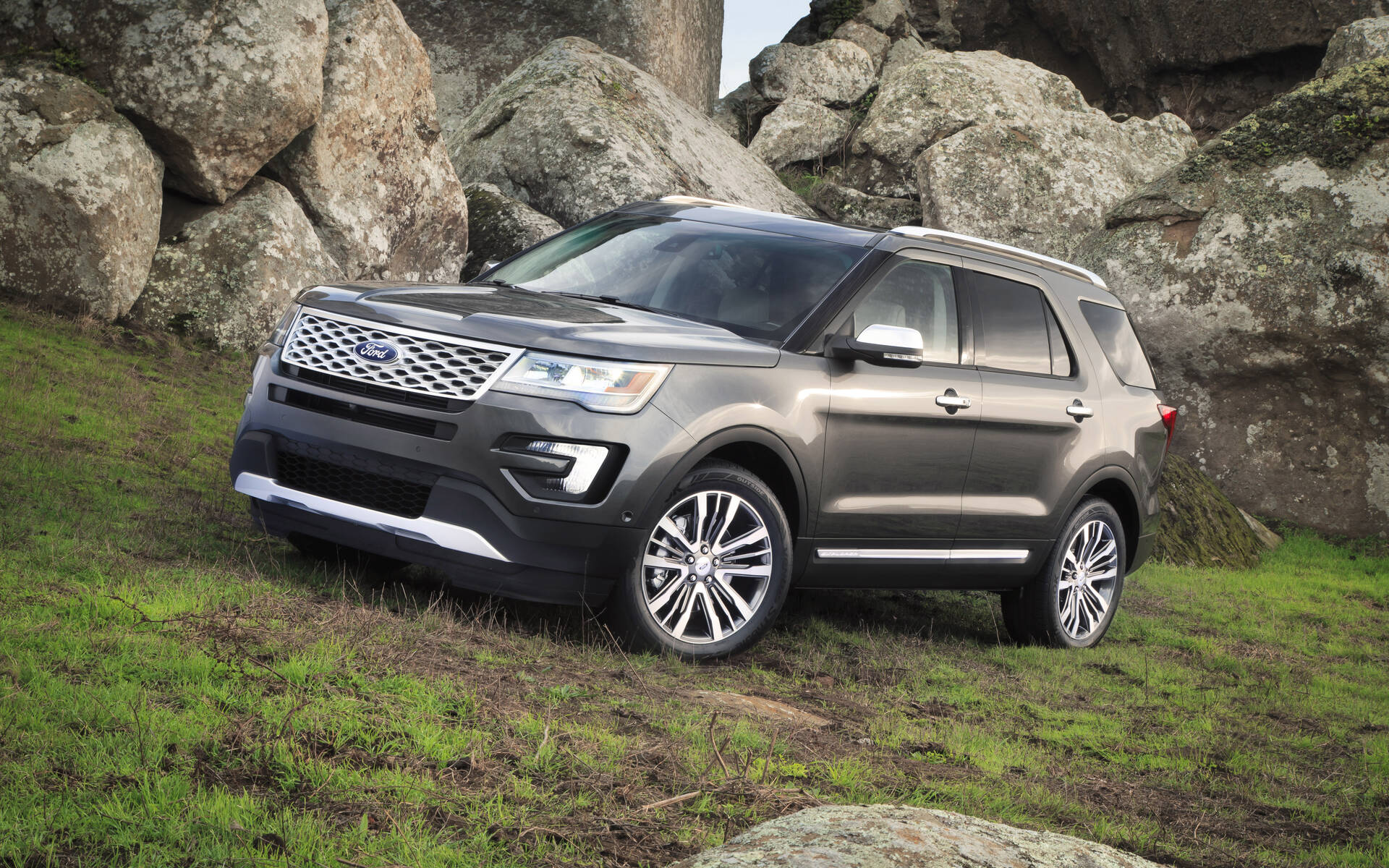
2. Nissan Murano (2015–2022): Designed to Fail
The Nissan Murano’s dual-panel moonroof illustrates how theoretical design can collapse in reality. Though initially functional, its sharp drainage bends and narrow channels quickly clog under normal driving conditions.
Seals made of low-grade rubber degrade fast when exposed to sunlight and heat, leading to cracks and leaks. Variability in glass installation results in uneven seal pressure. Nissan’s assembly line skips comprehensive weather testing, allowing poorly performing systems to pass inspection.
Once leaks begin, electronics and interior fabrics deteriorate rapidly. Despite appearing well-equipped on paper, the Murano’s cost-cutting decisions result in frequent sunroof failures and owner frustration.
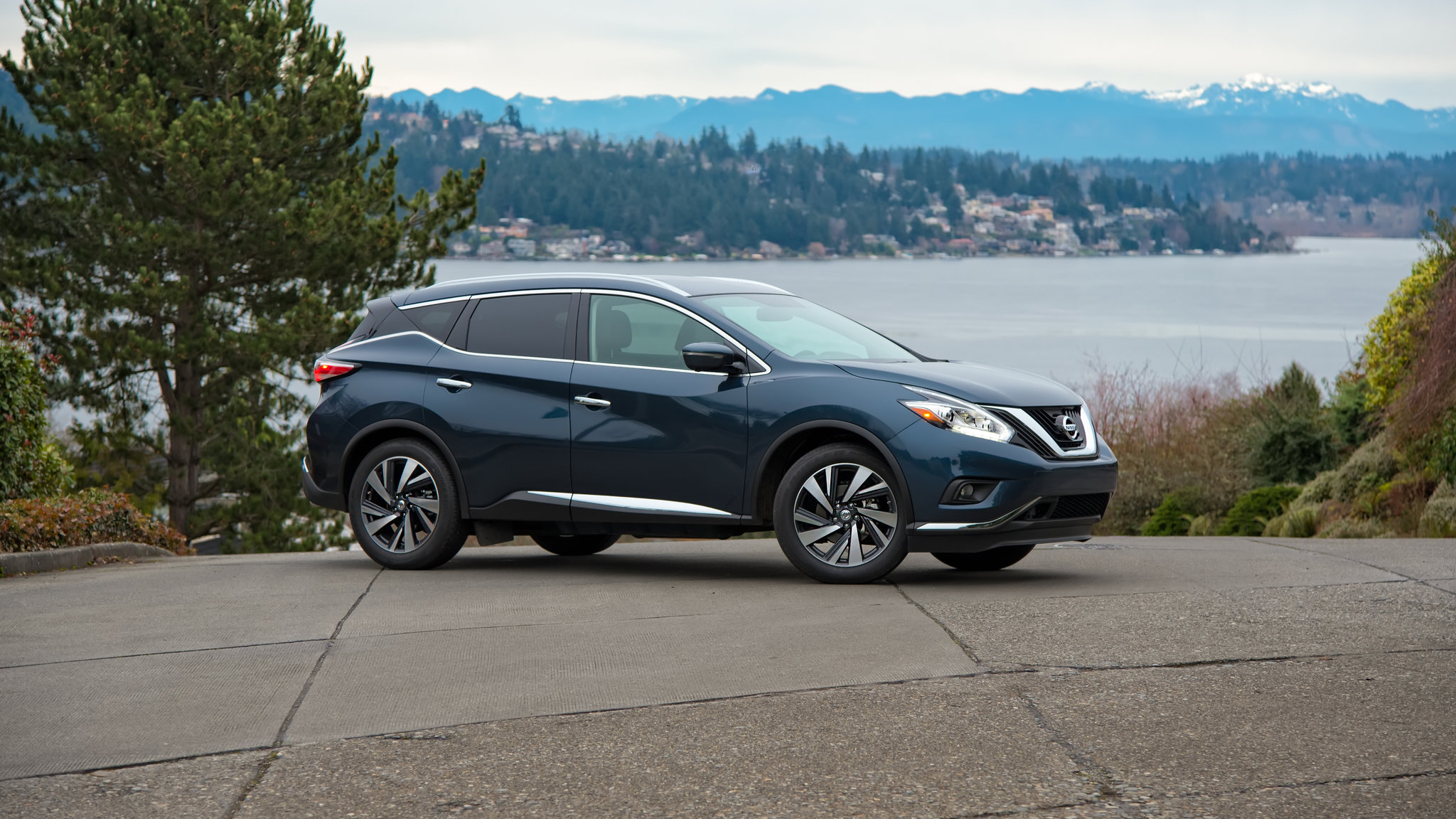
3. Jeep Grand Cherokee (2014–2021): Rugged in Name Only
The Jeep Grand Cherokee’s CommandView sunroof contradicts its rugged reputation with a roof system plagued by issues. Drainage is inadequate, with sharp turns and tight channels that trap outdoor debris like leaves and dust.
UV-sensitive seals deteriorate quickly, and the single-stage compression design doesn’t hold up to environmental stress. Loose manufacturing tolerances lead to poor glass alignment and uneven sealing.
Corrosion-prone steel framing adds to long-term damage. As water invades the cabin, it damages critical systems and ruins interiors. Jeep’s inconsistent customer service and repair policies only worsen the ownership experience, diminishing this SUV’s off-road legacy.
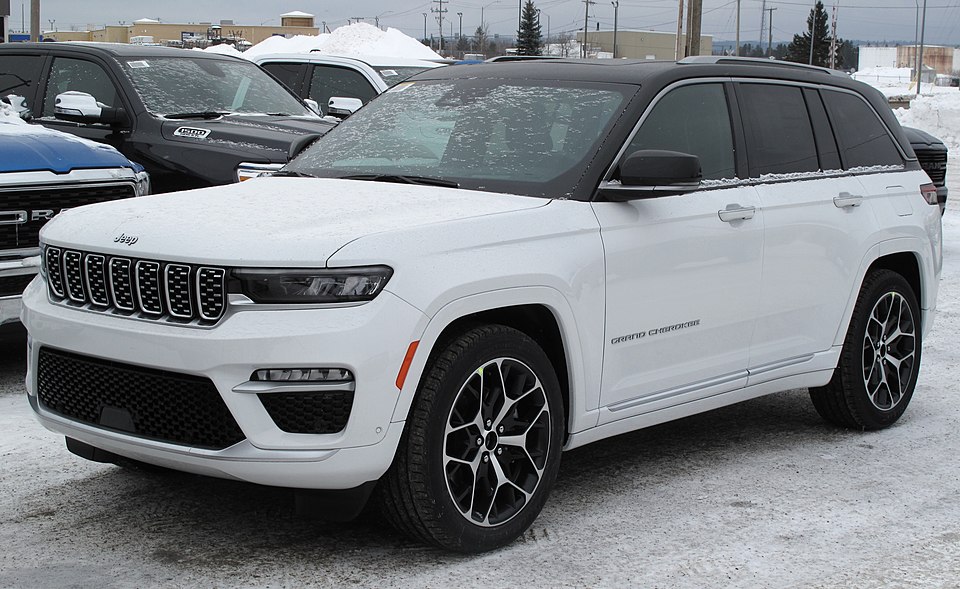
4. Lincoln MKC (2015–2019): Luxury Undone
The Lincoln MKC aims for premium appeal but fails in execution. Its Vista Roof suffers from undersized drainage channels and routes that are prone to blockage. Rubber seals lack resilience, degrading prematurely under UV exposure. Wide assembly tolerances lead to inconsistent seal placement and leak development early in ownership.
The steel frame lacks adequate corrosion protection and traps moisture in its joints. Quality checks focus more on motion than leak prevention, allowing flawed roofs to go unnoticed. With poor motor and control designs and no adaptive features, the MKC’s roof system fails to uphold Lincoln’s luxury promise.
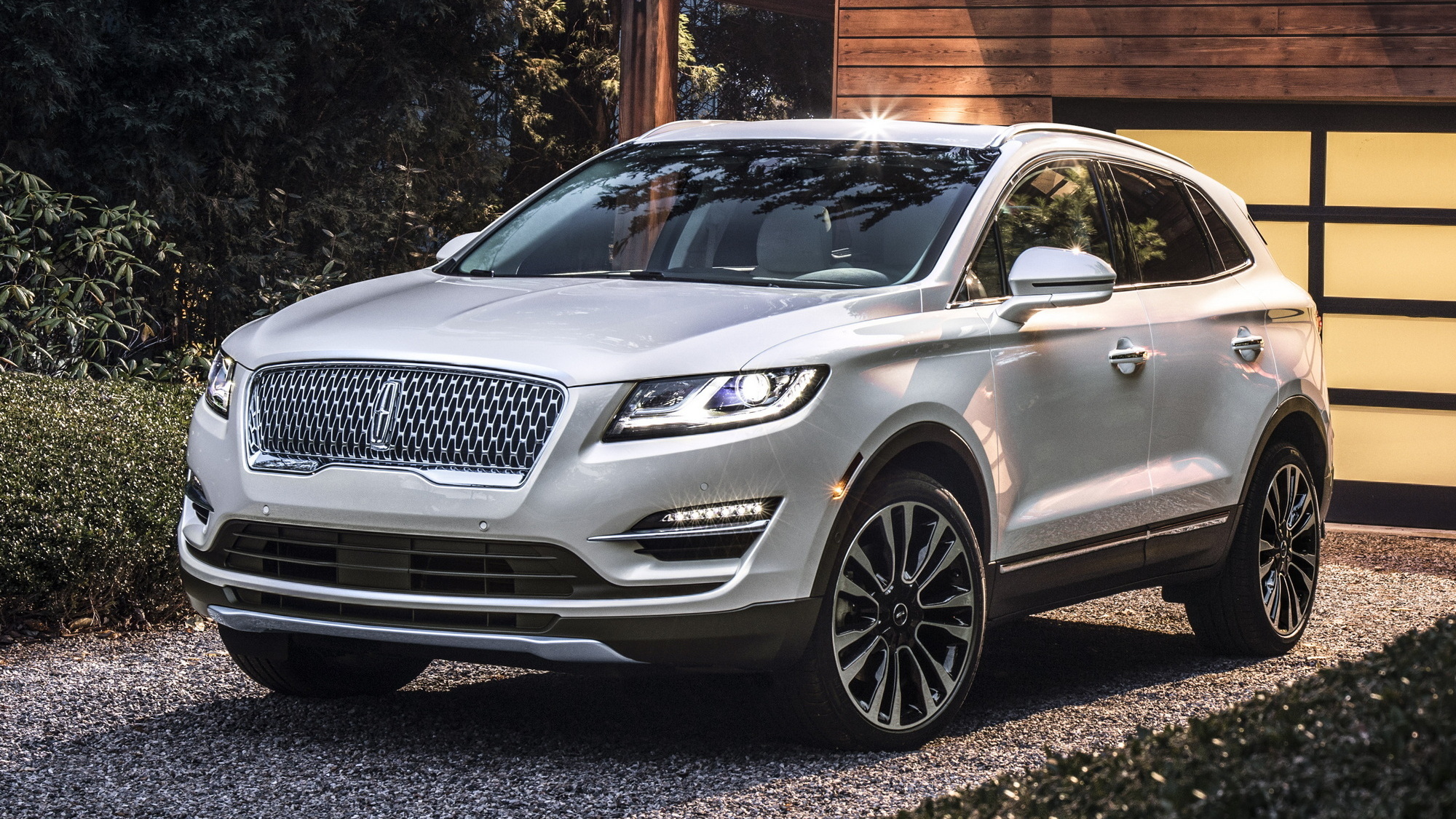
5. Hyundai Tucson (2016–2021): A Warranty Loophole
The Hyundai Tucson’s panoramic sunroof highlights how cutting costs can override design quality. Narrow drainage channels with sharp curves are highly prone to blockage, causing leaks. The seals degrade quickly from UV exposure, hardening and losing their flexibility.
The assembly lacks precision, leading to inconsistent seal engagement. Quality control simulations do not reflect real-world weather, allowing flawed roofs into circulation. Motors and controls are basic, lacking adaptive or protective features.
Despite Hyundai’s strong warranty marketing, many leak-related claims are denied as wear-and-tear, leaving customers to bear repair costs. The result is a system that fails both in design and support.
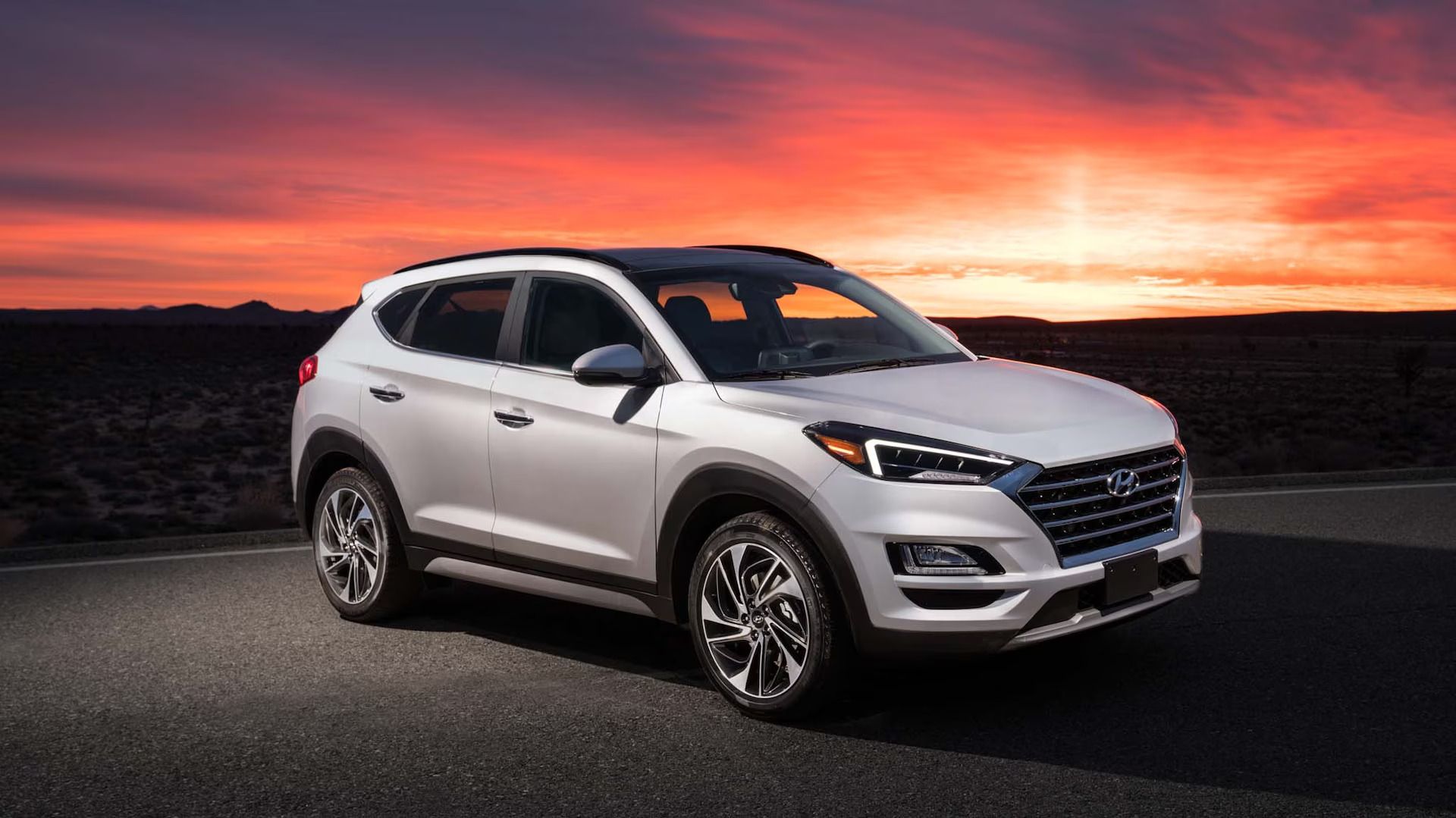
These five vehicles underscore the risks of cutting corners in roof system design. Whether through inferior seals, narrow drainage, or loose installation tolerances, each model exposes drivers to potential water damage and costly repairs.
While warranties may appear reassuring, they often fall short in covering design-related failures. Automakers like Ford, Jeep, and Hyundai demonstrate how neglecting environmental testing and long-term reliability erodes brand trust.
For consumers, these vehicles serve as red flags, highlighting that not all panoramic roofs are created equal. Roof leaks may seem minor, but they’re often a symptom of deeper, systemic engineering flaws.
Also Read: 5 Cars That Stay Tight Even After Accidents and 5 That Fall Apart

